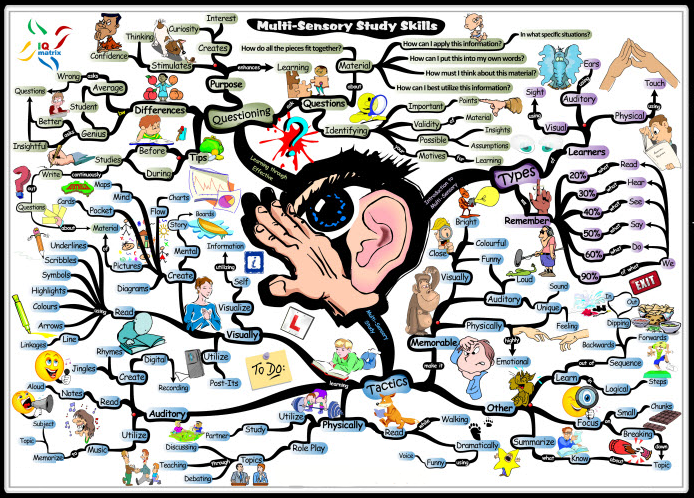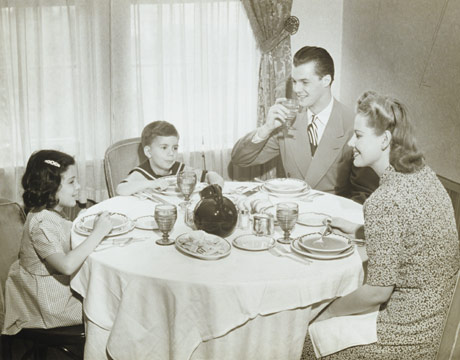Autism can cause a wide range of symptoms, from sensory issues to communication difficulties. Kids with autism often require speech therapy to encourage vocalizations. This week we’re talking with Tim Tucker of Both Hands and a Flashlight about his advice for parents of an autistic child. Tim and his wife, Mary, have two adorable little boys. Jonas (aka J-Man) is 7 and Eli (aka Dale Jr.) is 3 ½ years old. Jonas was diagnosed with autism, and like most parents of an autistic child, Tim and Mary initially struggled to come to terms with the diagnosis. But despite the challenges, Tim advises parents to develop positive affirmations, to embrace the identity of being the parent of an autistic child. Read on to find out Jonas’ speech therapy techniques, and check out Tim’s free e-book, “I Am An Autism Parent.”
Helping Your Child Overcome Dyslexia
Speech Therapy TechniquesIt’s hard for parents to watch their kids struggle, and kids with dyslexia or a speech disorder have a particularly hard time in school. Consider going back to “school” to learn about your child’s difficulties and how best to help him. You won’t even have to worry about paying back more student loans. The Speech Buddies University offers online practice exercises and training videos so that you can learn how to help your child. In the case of dyslexia, early intervention is critical, as we discussed in yesterday’s post about new methods to diagnose dyslexia before the child even learns to read. If you believe your child might have dyslexia, take him to a speech-language pathologist (SLP) for an evaluation.
How to Help a Child with Hearing Loss: An Interview with Kristen Johnson
InterviewsFor those without hearing loss, lacking the ability to listen to music or enjoy a child’s laughter is almost unthinkable. Many of us take our senses for granted, but what we do if a loved one was suddenly diagnosed with hearing loss? Kristen Johnson of No Small Thing dealt with exactly that when she and her husband found out that one of their sons, Henry, had hearing loss. Although the diagnosis was initially difficult to cope with, Kristen and her family found a way to turn Henry’s condition into an opportunity. As she points out in our interview, there are many other methods of communicating; it just takes a little experimenting to find one that suits your family. For Kristen’s advice and to find out just what, exactly, hearing loss has to do with peanut butter and mustard sandwiches, check out our interview below.
Thanksgiving Dinner Ideas for Speech Therapy Activities
Speech Therapy TechniquesLooking for Thanksgiving dinner ideas? As you search for new recipes, don’t forget to incorporate speech therapy into the holidays. As the parent of a special needs child, it can often be difficult to see the forest for the trees. It’s easy to get so wrapped up in the day-to-day grind of IFSPs, IEPs, and a plethora of other acronyms that we lose sight of the more important things in life. While they can be stressful, the holidays also provide an opportunity to step back, take a breath, and cherish your family. And while you’re looking for some Thanksgiving dinner ideas, remember that at-home speech therapy techniques can easily be incorporated into mealtimes, even during the holiday.
Language Development Relies on Conversation & Reading with Kids
NewsThe importance of reading with kids is undeniable, but what about conversing with them? Picture this: You come home from your banking job and begin talking with your child about the problems with PPI mis-selling and how banks are supposed to be paying out, but are instead rejecting claims that are later approved by the FOS in droves. The only problem? Your youngster is just 3 months old and instead of responding with a few lines about the Ombudsman’s FOS complaint time limits, he’s just thrown Cheerios at you. Despite the fact that your 3-month-old infant is currently incapable of grasping the intricacies of loan insurance scandals, speaking with him and giving him the opportunity to respond well may offer key benefits for his speech and language development, according to a study from researchers at UCLA. But do try to stick to conversations that he can participate in.





